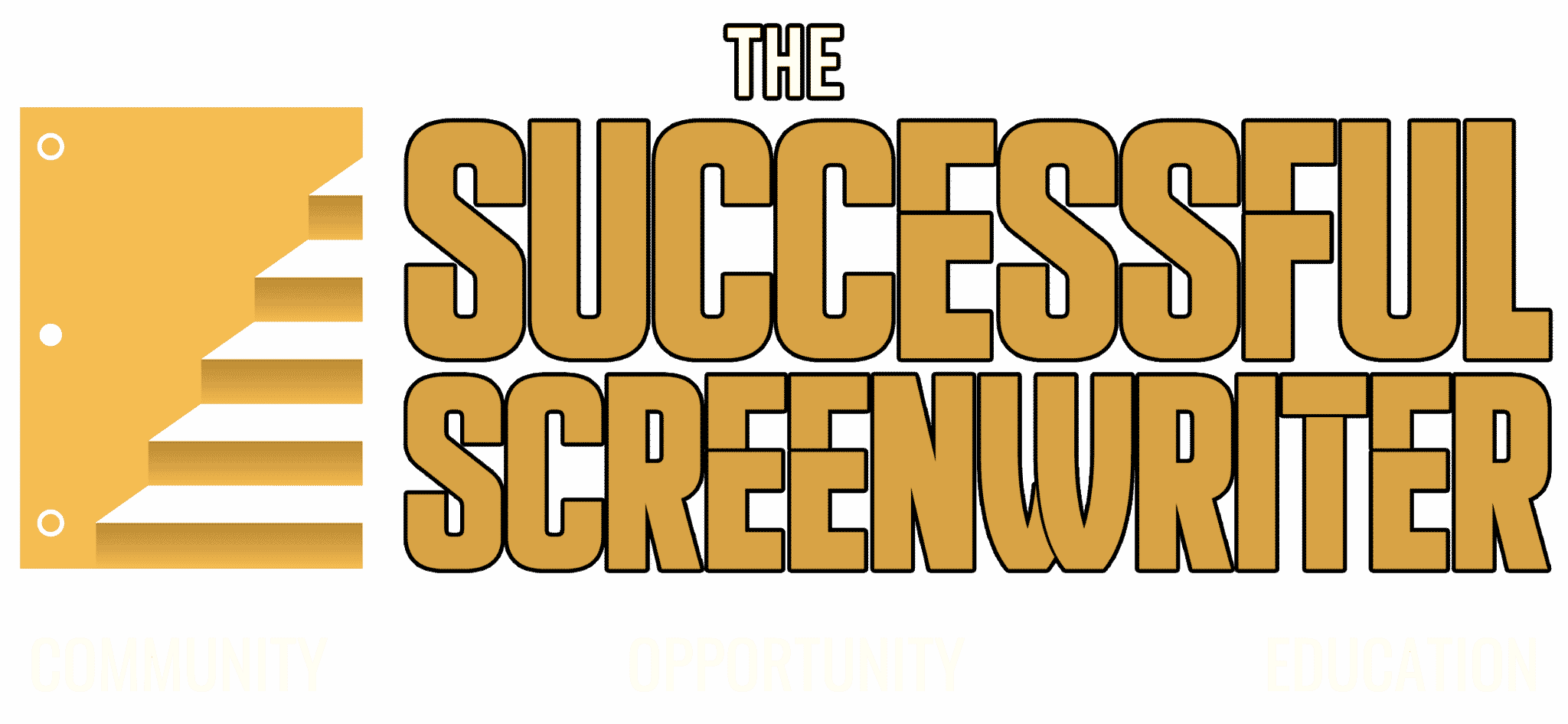On my latest episode of “The Successful Screenwriter” podcast, I had the privilege of interviewing Marc Guggenheim, renowned for his exceptional work on the hit show WB’s “Arrow.” Guggenheim shared his invaluable insights on the art of crafting iconic TV pilots. I’ll cover some of his hard earned wisdom and actionable tips for screenwriters eager to create their own unforgettable pilot episodes.
Understanding the Role of a TV Pilot
A TV pilot serves as the gateway to your series, introducing characters, setting the tone, and establishing the world of the story. Guggenheim emphasizes that a pilot’s primary job is to hook the audience, compelling them to keep watching. This crucial first impression can determine whether a show succeeds or fades into obscurity.
Key Elements of an Iconic TV Pilot
1. Strong Opening Scene
- Grab Attention: Start with a bang. Guggenheim advises that the opening scene should immediately engage the audience, setting the stage for the story to unfold. An exciting, intriguing, or emotionally charged beginning can hook viewers right away.
- Establish Tone: Whether it’s dramatic, comedic, or action-packed, the tone should be clear from the first scene. For “Arrow,” the opening sequence set a dark, gritty tone that perfectly matched the show’s overall atmosphere. This immediate immersion into the show’s mood helps viewers decide if they want to continue watching.
2. Compelling Characters
- Complex Protagonists: Create protagonists with depth and flaws. Guggenheim’s portrayal of Oliver Queen in “Arrow” exemplifies a multi-dimensional character who evolves over time. Characters should be relatable, yet extraordinary, drawing viewers into their journey. Consider what makes your protagonist unique and how their personal struggles will resonate with the audience.
- Memorable Supporting Cast: Don’t neglect secondary characters. They should have their own arcs and contribute significantly to the story. Supporting characters in “Arrow,” like John Diggle and Felicity Smoak, became fan favorites due to their well-developed backstories and significant roles in the plot. Each character should serve a purpose and add depth to the narrative.
3. Clear Premise
- Define the Concept: Your pilot should clearly convey the central concept of the series. Viewers need to understand what the show is about and why they should care. “Arrow” clearly defined its premise of a billionaire playboy turned vigilante, setting the stage for the series’ overarching narrative. A clear, engaging premise helps maintain viewer interest and sets the foundation for future episodes.
- Set Up Future Episodes: Lay the groundwork for future storylines, hinting at the broader narrative arc. Introducing subplots and mysteries can entice viewers to keep watching to see how they unfold. Foreshadowing and planting seeds for future conflicts can keep the audience hooked.
4. Conflict and Stakes
- Immediate Conflict: Introduce a central conflict that drives the plot. This conflict should be compelling enough to sustain interest over multiple episodes. In “Arrow,” the conflict between Oliver’s vigilante activities and his personal life created immediate tension. The central conflict should be introduced early and be strong enough to carry the series forward.
- High Stakes: Ensure the stakes are high for your characters, making their struggles and victories meaningful. High stakes make the audience invested in the outcome, whether it’s life or death situations, emotional turmoil, or moral dilemmas. The higher the stakes, the more gripping the story will be for viewers.
5. Unique Voice and Style
- Distinctive Writing: Guggenheim stresses the importance of having a unique voice. Your writing style should set your pilot apart from others in the genre. The dialogue, narrative style, and pacing in “Arrow” were distinct and contributed to its unique feel. Find your voice as a writer and ensure it shines through in your script.
- Visual Flair: In TV, visuals matter. Craft scenes that are visually engaging and serve the story. “Arrow” utilized dynamic action sequences and visually striking settings to enhance the storytelling. Consider how visual elements can enhance the narrative and create a more immersive experience for viewers.
Marc Guggenheim’s Writing Process
Guggenheim’s process for writing pilots involves several key steps:
1. Research and Preparation
- Understand the Genre: Research successful pilots in your genre. Understand what makes them work and how you can innovate within those conventions. Knowing the landscape helps in crafting something fresh yet familiar. Study pilots that have succeeded and analyze their structure, character development, and pacing.
- Character Backstories: Develop detailed backstories for your characters. This helps in creating authentic and relatable characters. Even if not all details make it into the script, understanding your characters deeply informs their actions and dialogue. Detailed character histories can help you write more nuanced and believable interactions.
2. Outlining
- Detailed Outline: Create a thorough outline before diving into the script. This should include all major plot points, character arcs, and key scenes. A detailed outline acts as a roadmap, ensuring you stay on track and maintain a coherent narrative. Outlining helps identify potential plot holes and structural issues before they become problematic.
- Flexibility: Be open to changes. Guggenheim often revises his outline as new ideas emerge during the writing process. Flexibility allows for organic story development and improvement. Being adaptable in your writing process can lead to unexpected and creative story developments.
3. Writing and Rewriting
- First Draft: Focus on getting the first draft down without worrying too much about perfection. The goal is to have a complete draft to work from. The first draft is about capturing ideas and laying the foundation. Embrace the imperfections and focus on getting the story out.
- Feedback and Revisions: Seek feedback from trusted sources and be prepared to make significant revisions. Guggenheim highlights the importance of being open to criticism to improve the script. Rewriting is where the real magic happens, refining and enhancing the story. Use feedback to identify weaknesses and areas for improvement.
Conclusion
Creating an iconic TV pilot is a challenging yet rewarding endeavor. By incorporating Marc Guggenheim’s insights and focusing on strong openings, compelling characters, clear premises, high stakes, and unique voices, screenwriters can craft pilots that captivate audiences and set the stage for successful TV series. Remember, the journey from script to screen is iterative, requiring dedication, creativity, and a willingness to refine your craft.
For more in-depth advice and inspiration, listen to the full episode with Marc Guggenheim on “The Successful Screenwriter” podcast.
Take Your Screenwriting to the Next Level
If you’re interested in learning more about how to not only write a TV Pilot but how to develop a television show then, consider joining my exclusive television screenwriting course available to Pro and Supporting members. This course provides comprehensive lessons and instructional videos on how to develop a compelling TV series!
Want more? Check out these free screenwriting resources!
Gain instant access to a wealth of resources tailored to elevate your craft and help get your work noticed:
- Over 100 Screenplays: Immerse yourself in our vast library of critically acclaimed films.
- Interactive Forums: Join discussions with fellow writers and industry experts.
- Logline Builder: Craft compelling pitches that grab attention.
- Industry Insights: Benefit from interviews and workshops with professionals.
- Script Requests by Producers: Get your script in front of the eyes that matter with exclusive leads and requests from our sponsor at InkTip.
Seize the opportunity to transform your screenplay from good to unforgettable, all at no cost to you.
Join for Free Now – Your script deserves the spotlight. Let’s make it happen.

